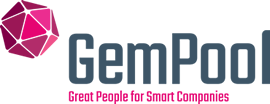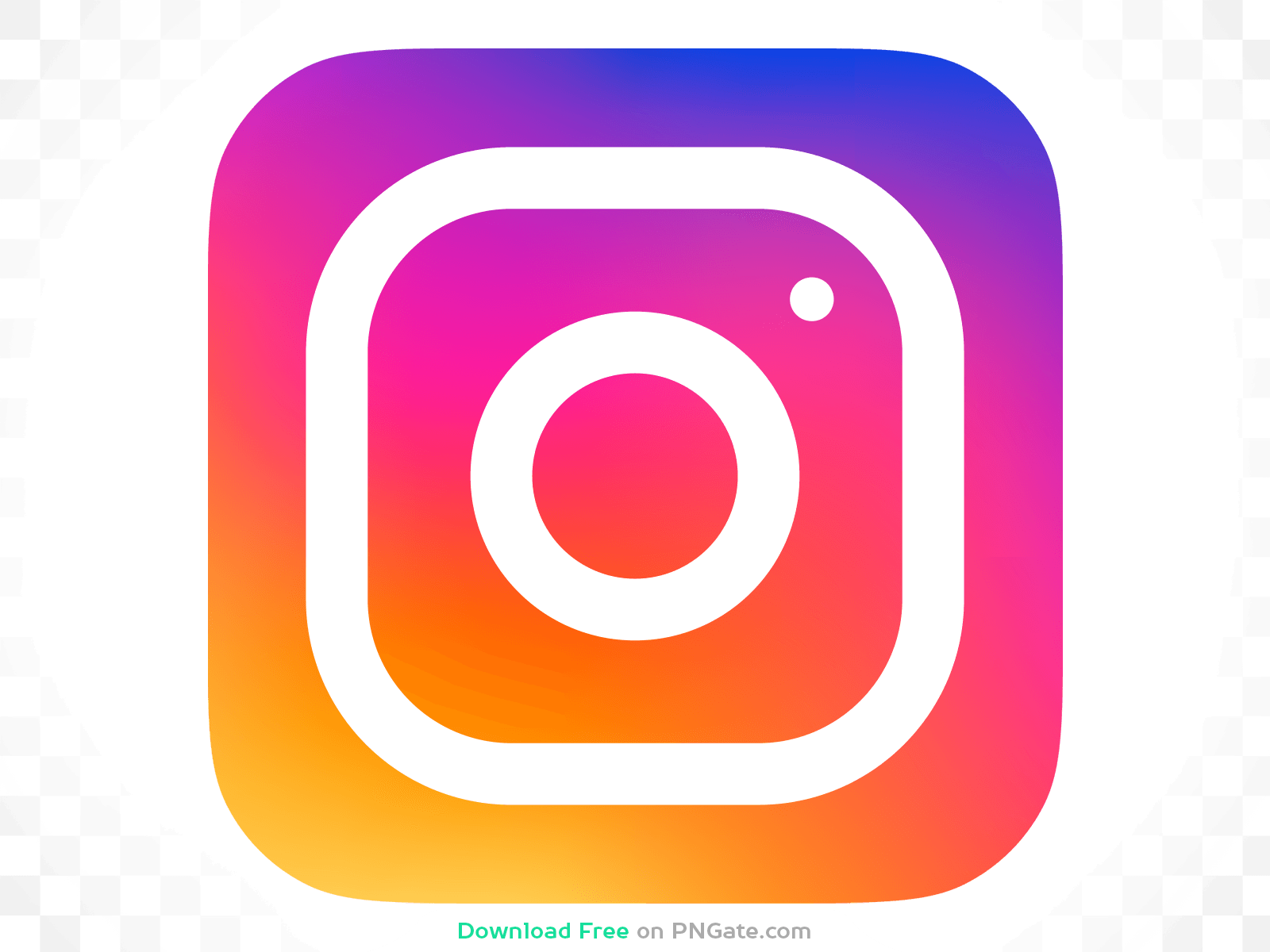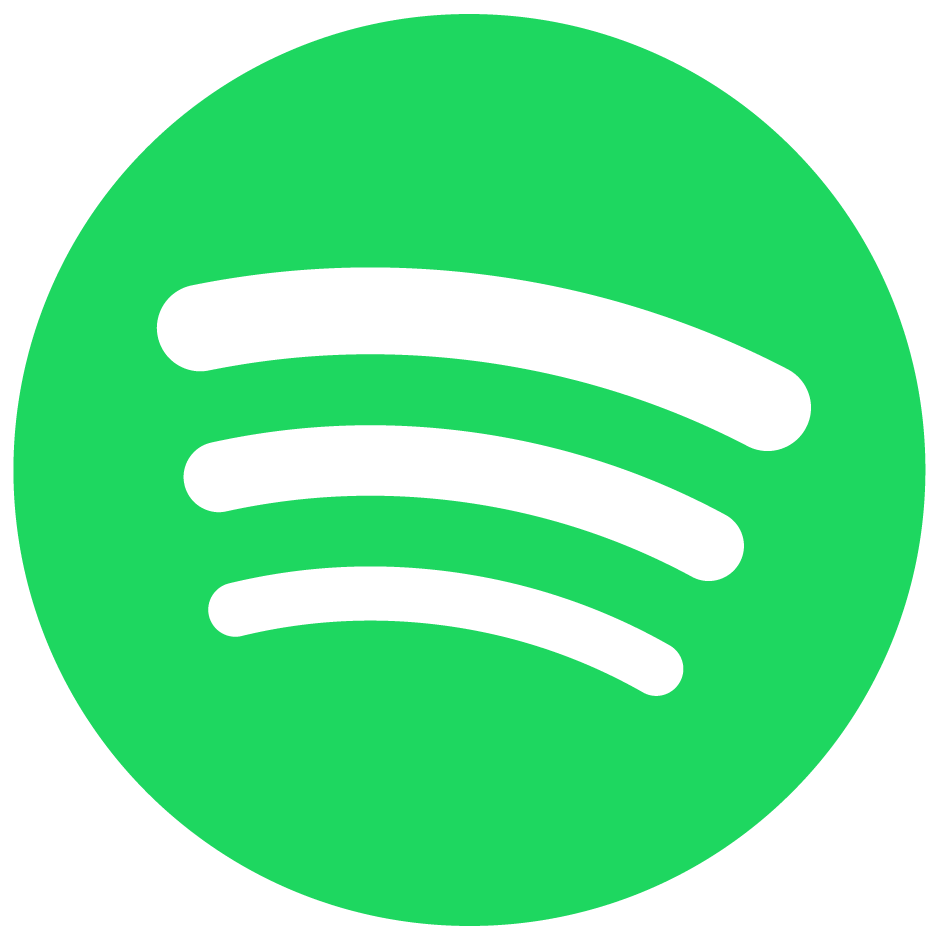
How to be a Sought-After UI/UX Designer
Posted on:
IT Jobs and Recruitment Insights
Are you looking to dive into the tech jobs market for a new design role? If so, I have a few valuable insights to share with you. I am presently working as a UX/UI Design Recruitment Consultant for GemPool. During my time here I have collected very interesting data and insights on how to stand out in this very fast-paced and competitive market.
I converse with many different types of candidates on a daily basis, from Senior Designers who have acquired much-valued experience over the years, to newcomers who have just graduated from university looking to seek employment for the first time.
My role as a Design Recruiter is to guide and advise candidates through the rigorous application processes and match individuals to the appropriate roles from entry-level to executive-level thus establishing that vital link between the candidate and client.
Today I’m going to share 5 simple insights with you, that will help you stand out in this very competitive market:
-
A strong and up to date CV
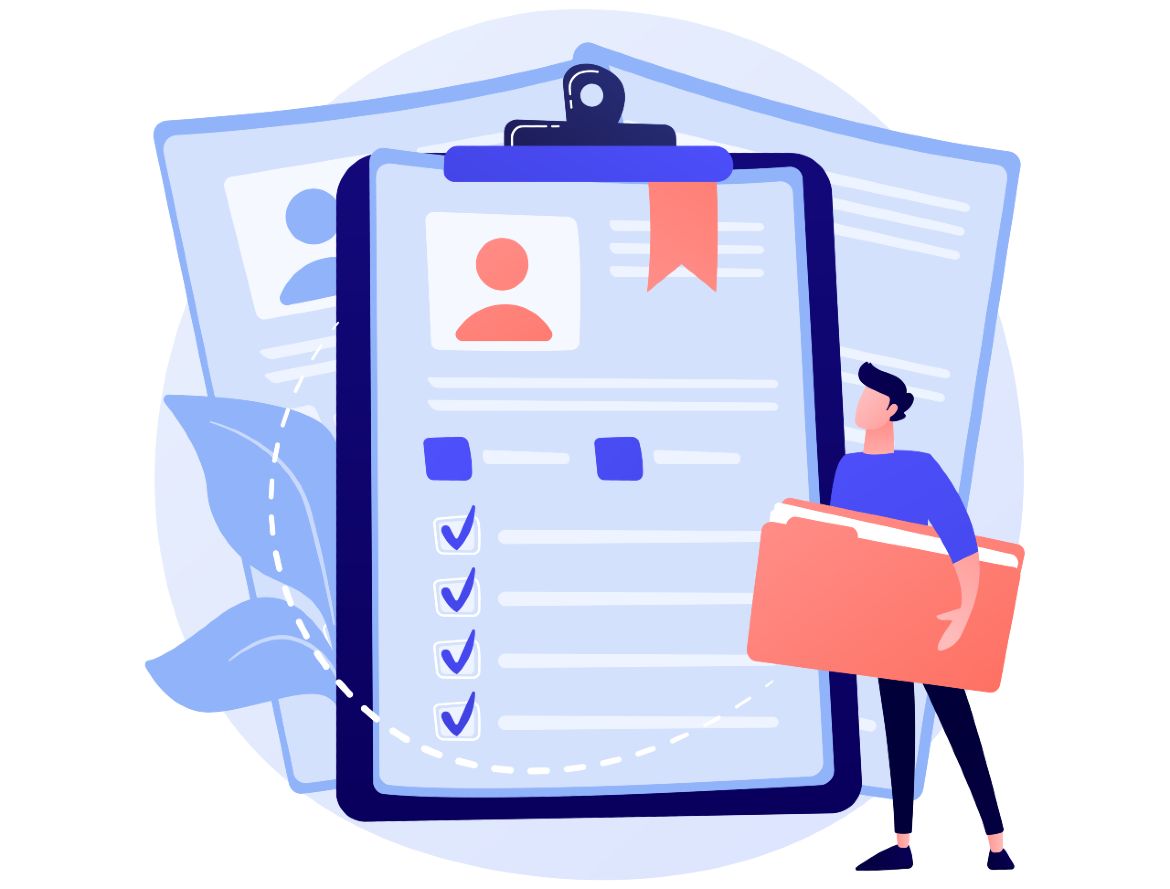
Having an updated CV is significant in the actual decision-making process for an employer in hiring a designer, as it gives them a breakdown of your work experience. A well mapped out CV illustrates one's own strengths and experiences. This is quite beneficial for an employer as they can see if you match the certain criteria for the actual position in question. One thing to ensure is that the layout and design of your CV are on point, after all, you are applying for a design role.
Important to remember: A short, but descriptive introduction of yourself is always a great way to summarize your personality and generate insight into your area of expertise. This should also include your tech stack and the type of high fidelity prototyping tools used within your daily design strategies.
-
A robust and compelling portfolio
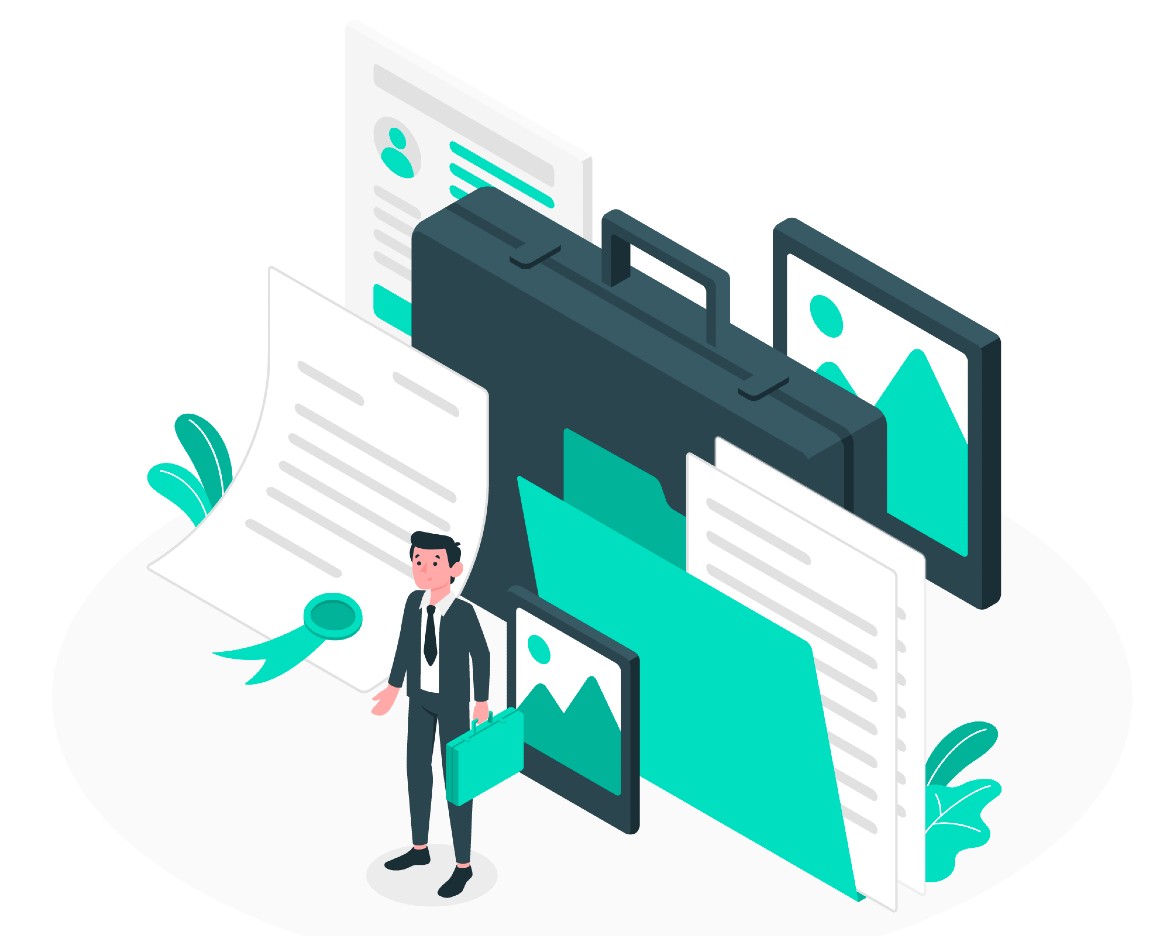
A portfolio in the UX/UI Design world is the most sought after and reviewed piece of work that employers really enjoy dissecting and examining throughout the interview process.
A portfolio should include past case studies that you have participated in; the end-to-end design process and what it should include therein. Also, what pain points did you discover throughout the design development process and how you created solutions within the design functions at different design phases.
-
Experience in an agile team environment
For a UX/UI Designer, being able to operate in an agile environment is critical. This is something I see on nearly all of the job descriptions and role briefs I get from clients.
Working within an agile environment includes conducting sprints with members of a team. Working closely beside other Design Managers, Lead Product Designers, Engineers and Product people in order to deliver on each sprint for the design in the project. Operating in that environment is extremely fast-paced and dynamic and can take many months before completing the final product.
This process commences at the beginning of the design stage until the final stage which aids the continuation and improvement of the overall delivery of the said product. Why is this necessary I hear you ask? It's because most of the companies in this industry like to see you have worked within a Scrum (or similar flavor of Agile) Team and the fact that you have experience in communicating and collaborating well with other diverse cross-functional team members.
It is highly advantageous for either Junior and Senior Level Product Designers to have this experience and it certainly boosts your chances of entering an ECommerce agile environment.
If you desire to enter a company that is well established or just beginning to scale upwards, this experience will definitely stand out when Hiring Managers are reviewing your CV.
-
The big bold ever-changing market
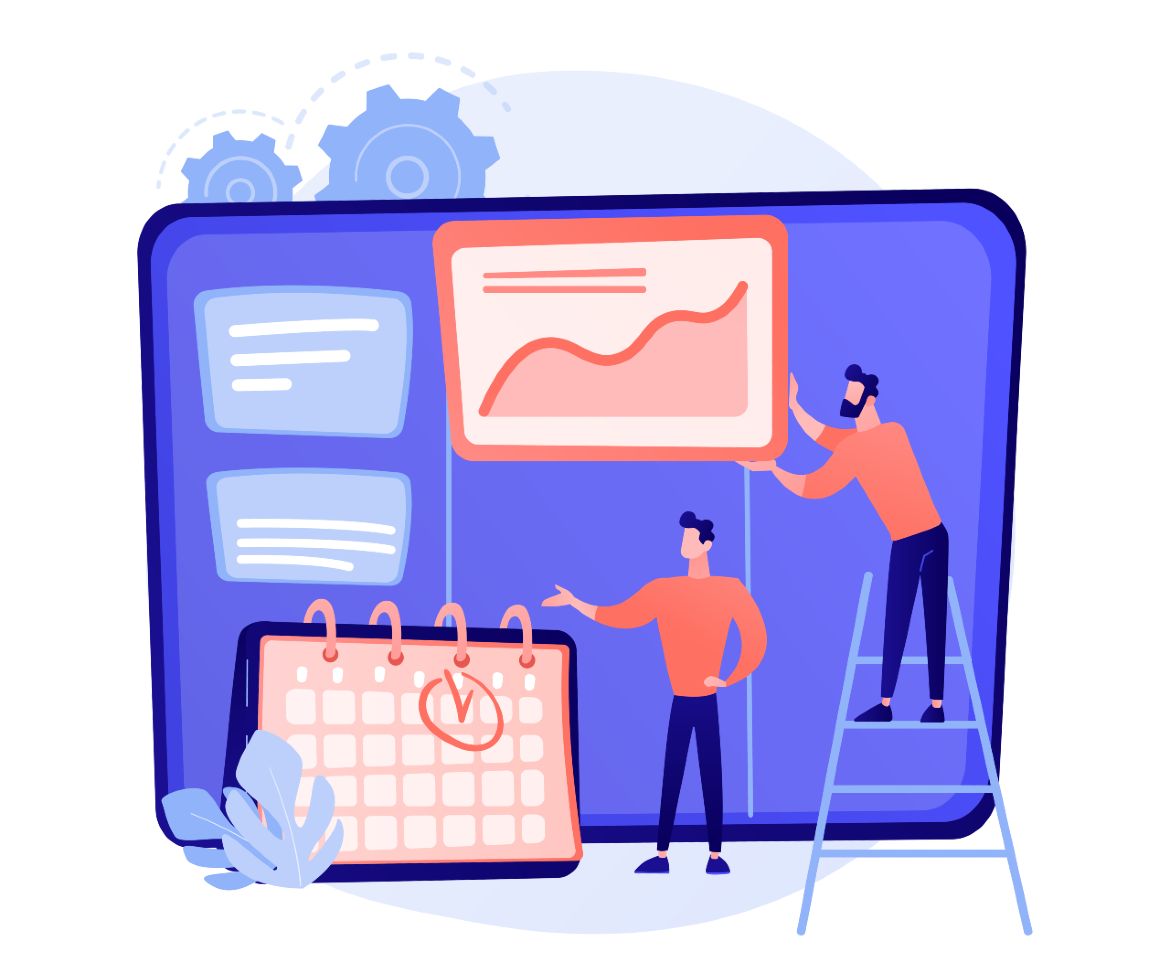
It's always great to engage and obtain rich knowledge in the current market through different sources online or through connections within the industry. If you can try to connect with someone in your specialist area in the design industry they may help you understand it on a deeper level.
Another additional point to keep in mind would be to connect with IT recruiters like myself, who work within the Irish IT recruitment market. Dealing with employers and candidates on a daily basis helps us gather significant information that might help your job search process.
-
Developing and growing your base knowledge in UX/UI Design
I believe in this ever-changing design sphere that improving your knowledge in UX/UI Design will always help you stand out in an employer's eyes, for your own career growth and future progression.
There is unlimited access to content to improve your skill-set through courses either online or in the UX and UI graphic design institutions in your vicinity. Not only will this make you look attractive and more skilled in your CV, but it will also actually capture your desire to grow as a designer and demonstrate your willingness to learn.
-
What makes a great tech stack in UX/UI Design and what are the modern tools that companies like to see?
UX/UI Designers using high fidelity and low fidelity prototyping tools on a daily basis along with the growing trendy tools- Figma, Sketch, Adobe XD, InVasion, Photoshop and MS paint products, are some of the most sought after candidates.
Next, you need to ensure that employers and recruiters have access to this knowledge. For this purpose, it is key to add them to your CV and your LinkedIn profile. This will help people like me understand if you have used similar technologies in the past to gauge whether you are a fit for the role you are applying for.
One thing I have noticed in the industry is that designers are excluding these very important skills from their CVs so it creates more difficulty for the employer to understand the actual experience of the designer and as a result, the candidate might get rejected. These skills and expertise are very sophisticated and are gained over years of experience, make sure to put them front and centre on your CV and make sure potential employers know you have them.
If you can build a really strong foundational knowledge with these technical tools, I believe it will increase your credibility, but also have a higher chance of being noticed in this market.
If you have any other questions or if you want to learn more, please send in an email. We're also currently recruiting for a few different positions: Senior UX Designer and Lead Product Designer, if you’re interested in the roles please do apply and get in touch.
